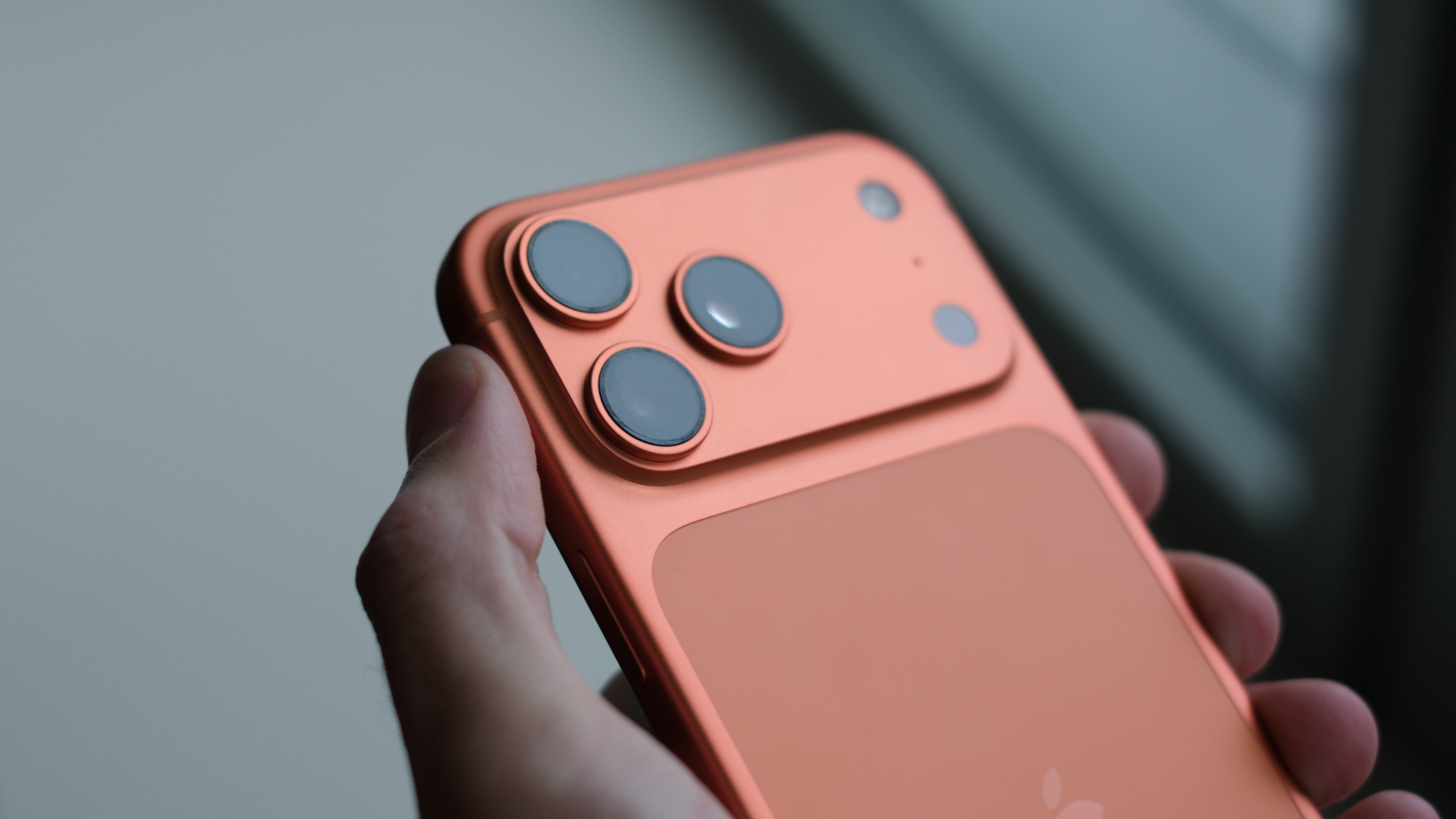These trendy compact cameras now cost more used than they ever did new. This is what I would buy instead
Limited supply and increasing demand have made the prices of some compact cameras skyrocket, even used – but there are alternatives

The compact camera has returned in full force – but with the resurging trend for tiny cameras comes prices that aren’t quite so small. Some of the trendiest compact cameras have pushed the price of the used version more than even the new list price. Cameras that are in high demand but short supply, like the Canon G7X Mark III and the Fujifilm X100VI, are selling at used prices for more than the brand-new list price.
As a professional photographer, using a compact camera – or even a smaller mirrorless kit – feels a bit like unplugging, so I can see where the trend is coming from. Still, I have a hard time shelling out more cash for a used camera than the camera went for when it was new in box. While I’ve been tempted by used cameras that are no longer made (like the Fujifilm X70), this is what I would buy if I didn’t want to shell out more for a used camera than a new one.
Canon PowerShot G7X Mark III
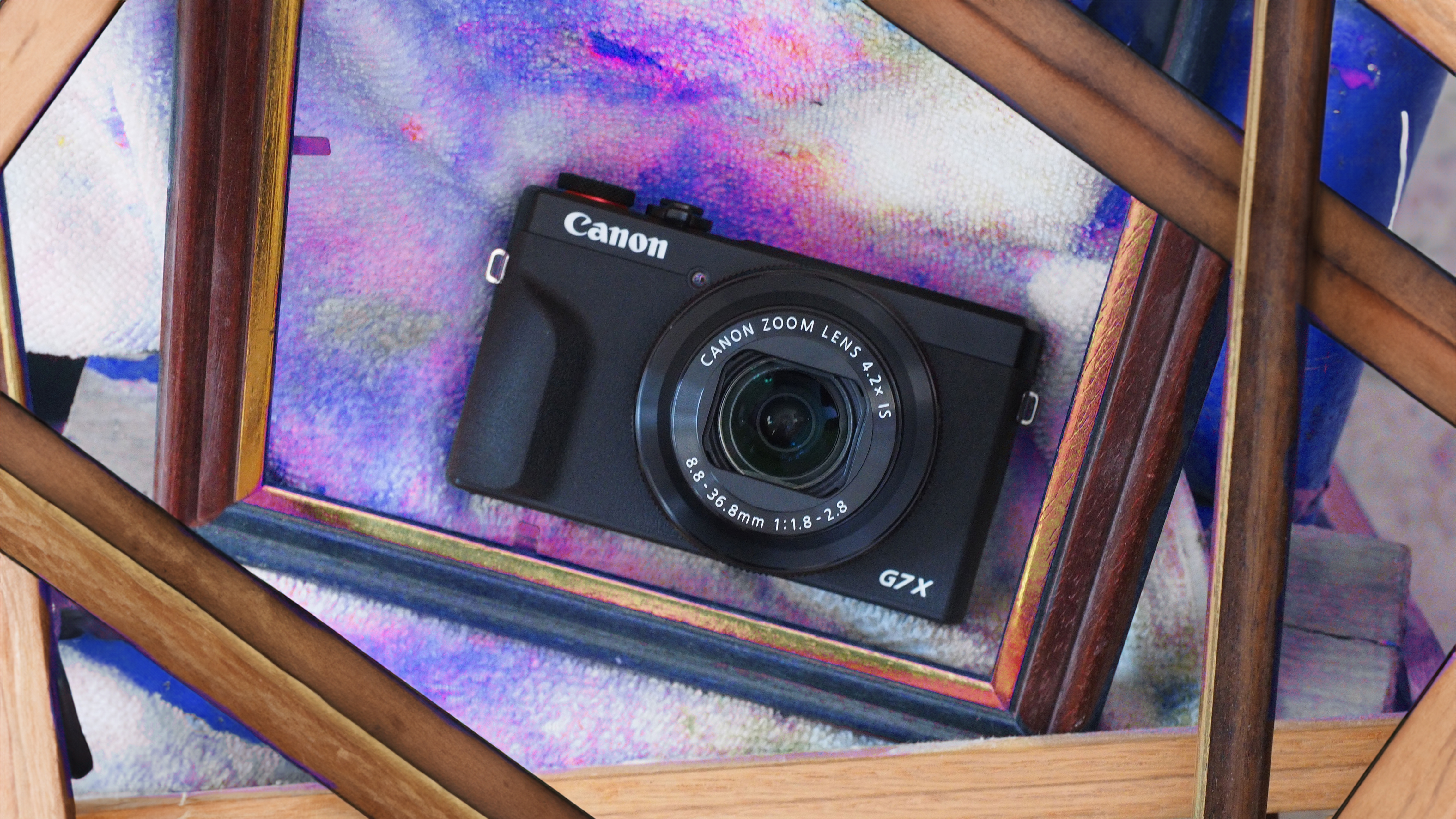
The Canon PowerShot G7 series has surged in popularity, thanks to influencers realizing how much better a camera with optical zoom is compared to a smartphone. That viral popularity has pushed the price of the Canon PowerShot G7X Mark III higher than the original $899 list price. It’s a trendy camera that’s become exceptionally hard to find without paying steep prices.
What I would buy instead: The Canon PowerShot V1 may be a vlogging-focused camera, but it has the larger sensor, zoom lens, and pocketable design – which are really the three best features from the G7X Mark III. The V1 also costs a bit less than many used G7X models. No, the V1 isn't the same as the G7X series, but it's as close as you can get without overspending.
Fujifilm X100V
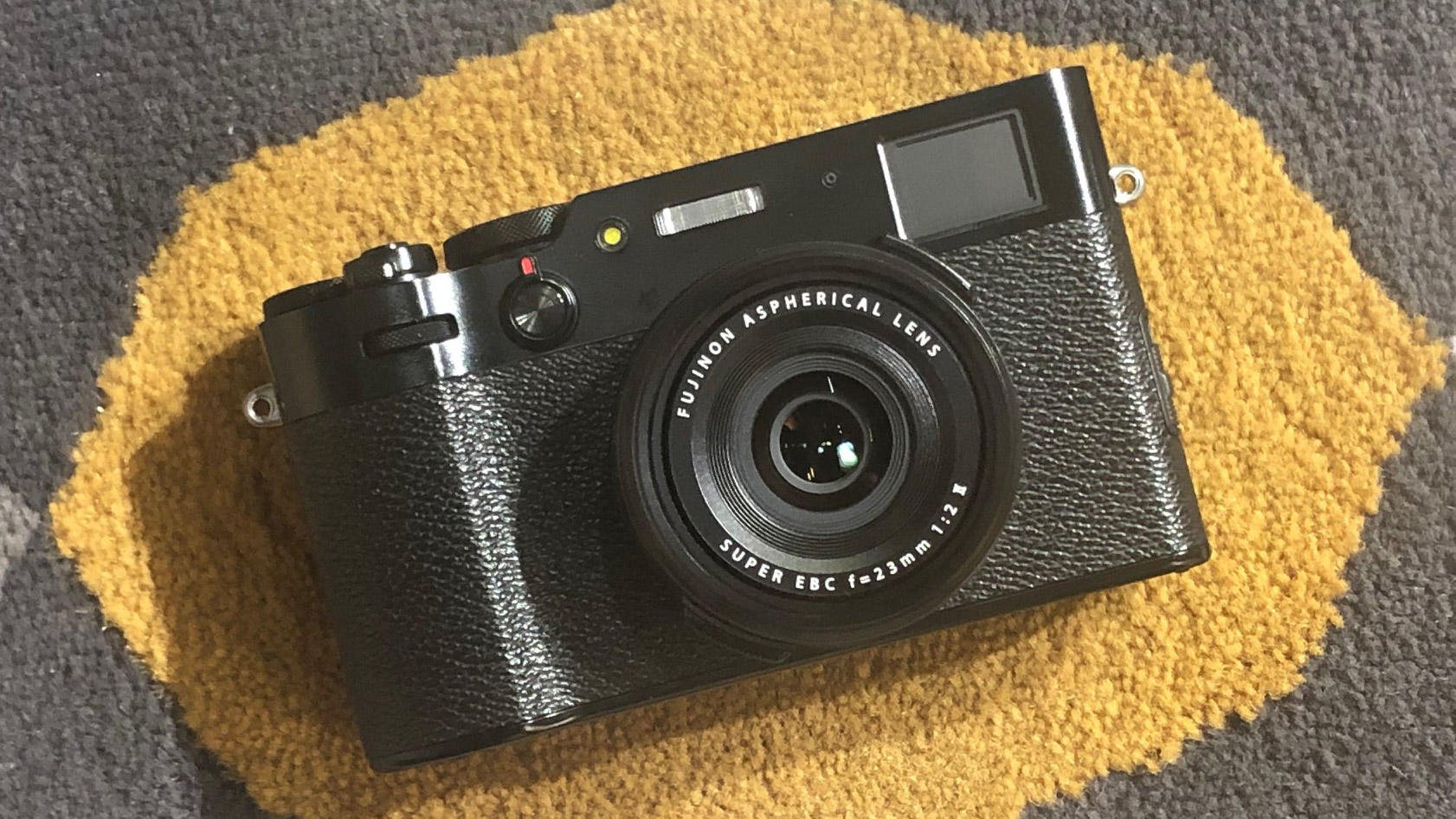
Thanks to social media trends, the Fujifilm X100 series has skyrocketed in popularity. Because trends have made the new Fujifilm X100VI hard to find, the price of used models has jumped, too, making the older X100V a few hundred more than the original list price.
But there’s good news for the seekers of one of the trendiest modern compact cameras: The stock issues for the new Fujifilm X100VI are starting to show signs of easing up. Fujifilm’s UK website lists the camera in stock, while US retailer Adorama lists an expected availability of August.
What I would buy instead: I wouldn’t pay more than list price for the X100V so close to when the X100VI is showing signs of coming back in stock. The newer version is available now in the UK, and Adorma predicts an August delivery for US customers.
The best camera deals, reviews, product advice, and unmissable photography news, direct to your inbox!
There are other worthwhile alternatives to mention. The newly announced Fujifilm X-E5 is like a mirrorless version of the X100 series, and it’s still fairly compact with the kit lens. The X-E5 is available for pre-order with shipping estimated for the end of August. Yes, there’s still a wait, and yes, it’s pricier and larger than the X100VI, but it comes with more versatility. (Can’t wait that long? Browse these other X100VI alternatives.)
Ricoh GR III
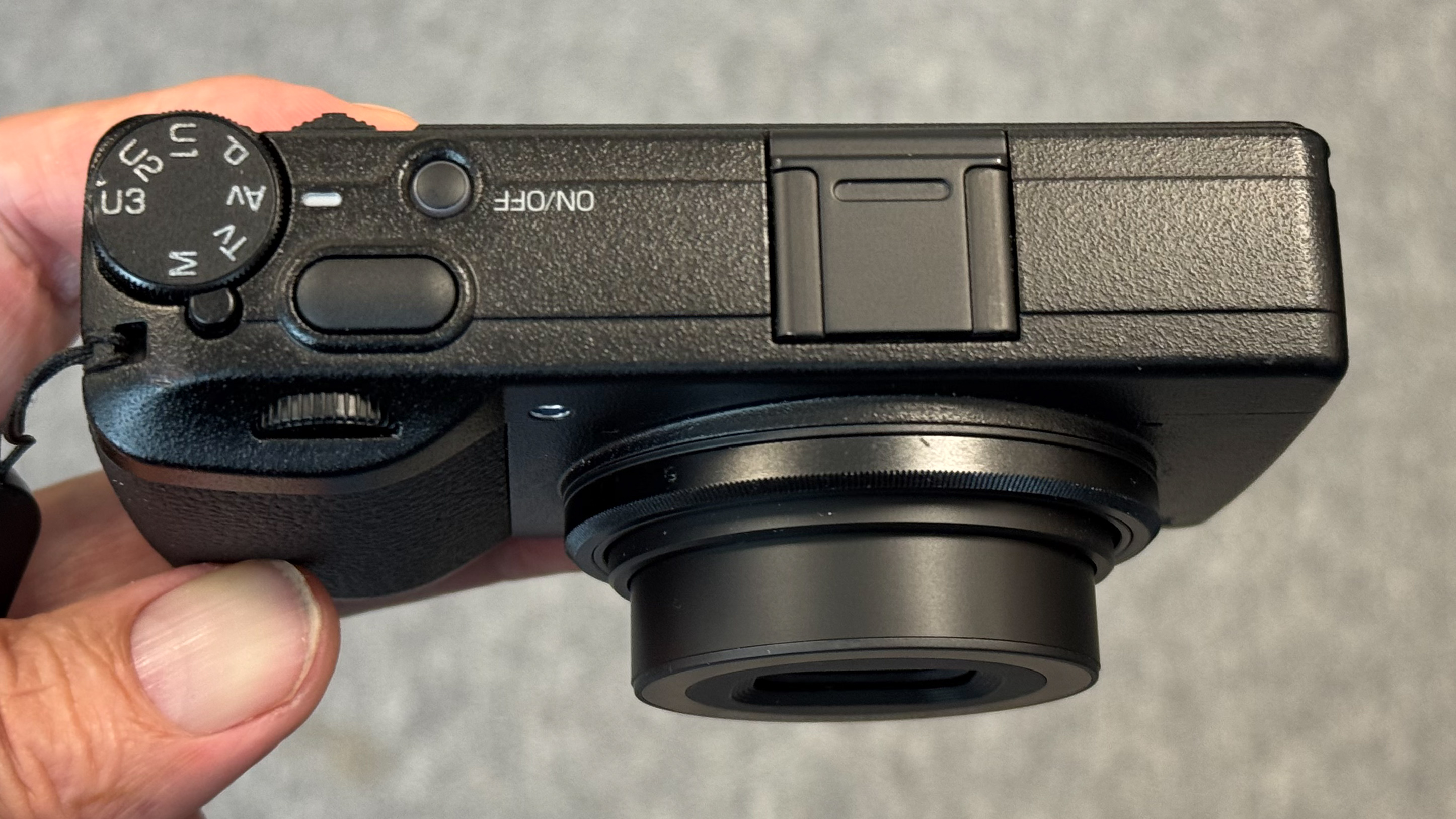
The Ricoh GR III is far more pocketable than options like the X100 series, yet it still boasts a large APS-C sensor – it’s easy to see why the camera is so popular. The popularity and limited stock mean the $899 / £950 / AU$1,499 camera is hard to find without paying more than that list price. But, here’s the thing: Ricoh has already announced that the Ricoh GR IV is coming out this fall.
If you can wait a few months, you may be able to snag the new version at list price. With the popularity of the current model, I’d expect the upcoming GR IV to sell quickly though, so if that’s the route you decide on, I’d put a pre-order in at launch. Of course, with the popularity of the previous model (and tariffs in the US), it’s possible the list price of the GR IV could be higher than the GR III, like the list price change between the X100V and X100VI.
What I would buy instead: With the launch of the GR IV imminent, I’d wait and pre-order the new model if you really want the GR series compact size, large sensor, and bright lens.
Panasonic LX100 II
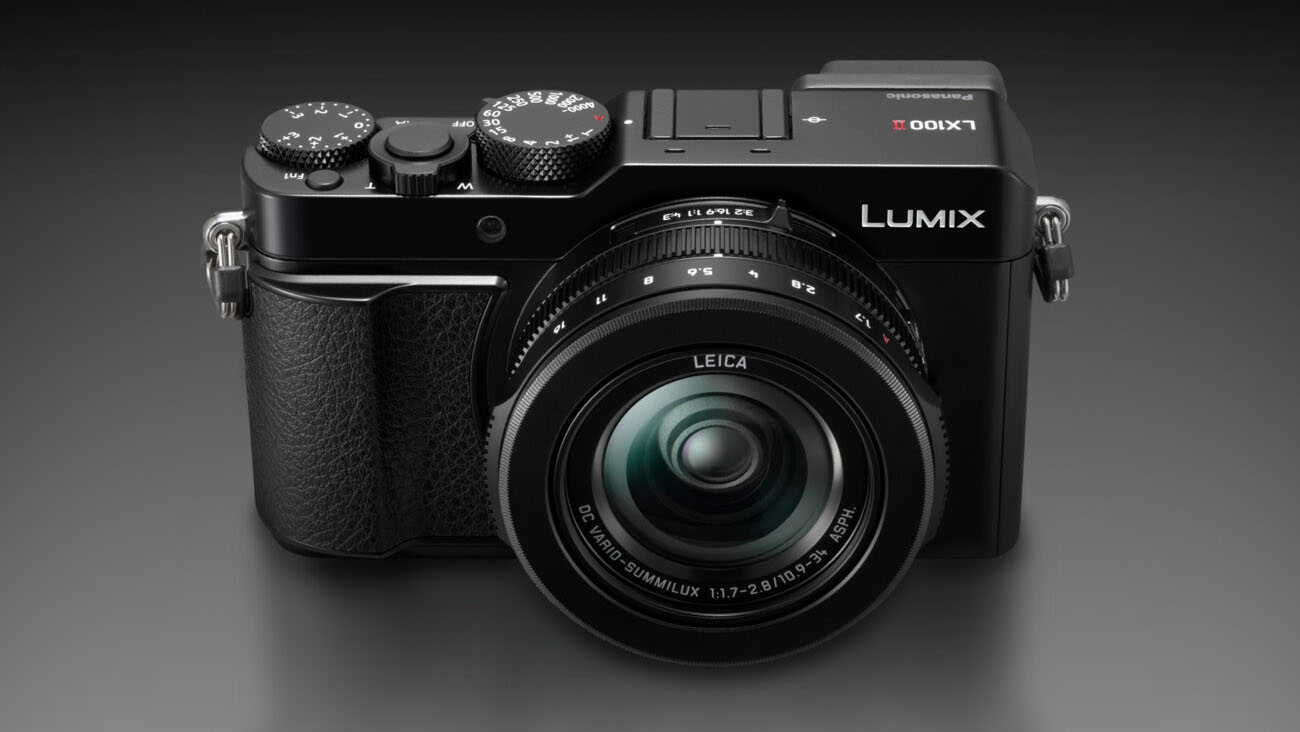
The Panasonic LX100 II has a number of things going for it: a large sensor, a bright lens, and optical zoom, just to name a few. With many large sensor compact cameras using a fixed prime lens without zoom, it’s easy to see why the LX100 II has remained popular, even used. But with few compact cameras around like it anymore, the used versions tend to cost more than the original $999 / £799 / AU$1,499 list price.
What I would buy instead: While sometimes pricier than the original list price in some regions, the Panasonic LX100 II isn't a bad buy, as similar new cameras typically cost more. The LX100 II may be a 2018 camera, but similar models carry a higher price with not many differences in the spec sheet.
If you're hesitant to buy used, the Panasonic LX100 II actually shares much of the same specifications as the Leica D-Lux 8, including the 17 megapixel Micro Four Thirds sensor and 24-70mm equivalent built-in zoom lens. The D-Lux 8 is a bit pricer than a used LX100 II (especially in the US after a tariff price hike), but you’re getting a new camera rather than a used one. Leica is a high-end brand that tends to hold its value (although obviously the LX100 II has held its value well, considering the current used prices).
Another option to consider for photographers who don’t mind buying used cameras? The slightly older Leica D-Lux 7, which still has a 17 megapixel Micro Four Thirds sensor, sits right around the used price of the LX100 II, which is also around how much the D-Lux 7 sold for when brand new.
Fujifilm X70
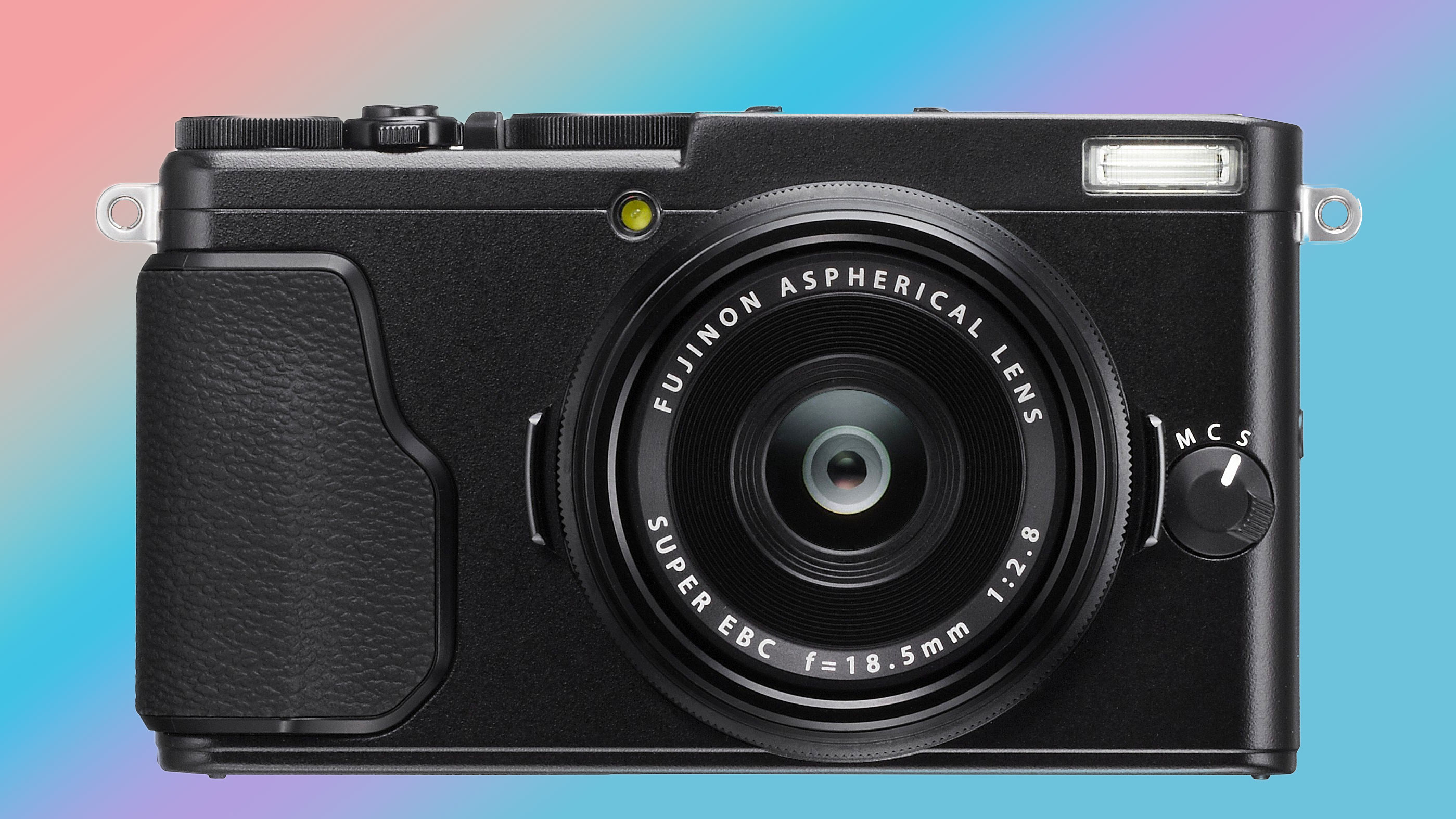
Fujifilm has focused more on high-end compacts than affordable pocketable cameras in recent years, which makes the old Fujifilm X70 still a unique camera. The X70, which was $700 / £549 / AU$1,050 at launch, is like a smaller X100 series camera, skipping features like the viewfinder to fit into a smaller body. But, the X70 was announced in 2016, and the tech is starting to show its age a bit – Fujifilm’s recent compacts have a far higher resolution, for example.
What I would buy instead: Admittedly, the X70 is the used compact camera that tempts me the most, despite the price, because I’m a Fujifilm fan, and small cameras like this feel more like unplugging than pulling out my mirrorless camera. But, I still have a hard time paying more for something used than it was brand new – and I’d probably get a pancake lens for the mirrorless camera I already have instead.
The Fujifilm X-M5 with a kit lens costs less than a used X70 in some regions. As a mirrorless camera, the X-M5 is going to be a bit larger, but it’s still fairly small. The problem is that it’s also been an exceptionally popular camera and is hard to find.
While Fujifilm hasn’t updated the X70 series, the newly announced Fujifilm X Half may tempt retro fans. The sensor is smaller than the X70, and the build quality isn’t as high-end as the X100 series, among other differences. But the X Half is designed for an analog-like experience on digital, and it’s compact and less than the X100 series.
Panasonic GM5 (Compact mirrorless)
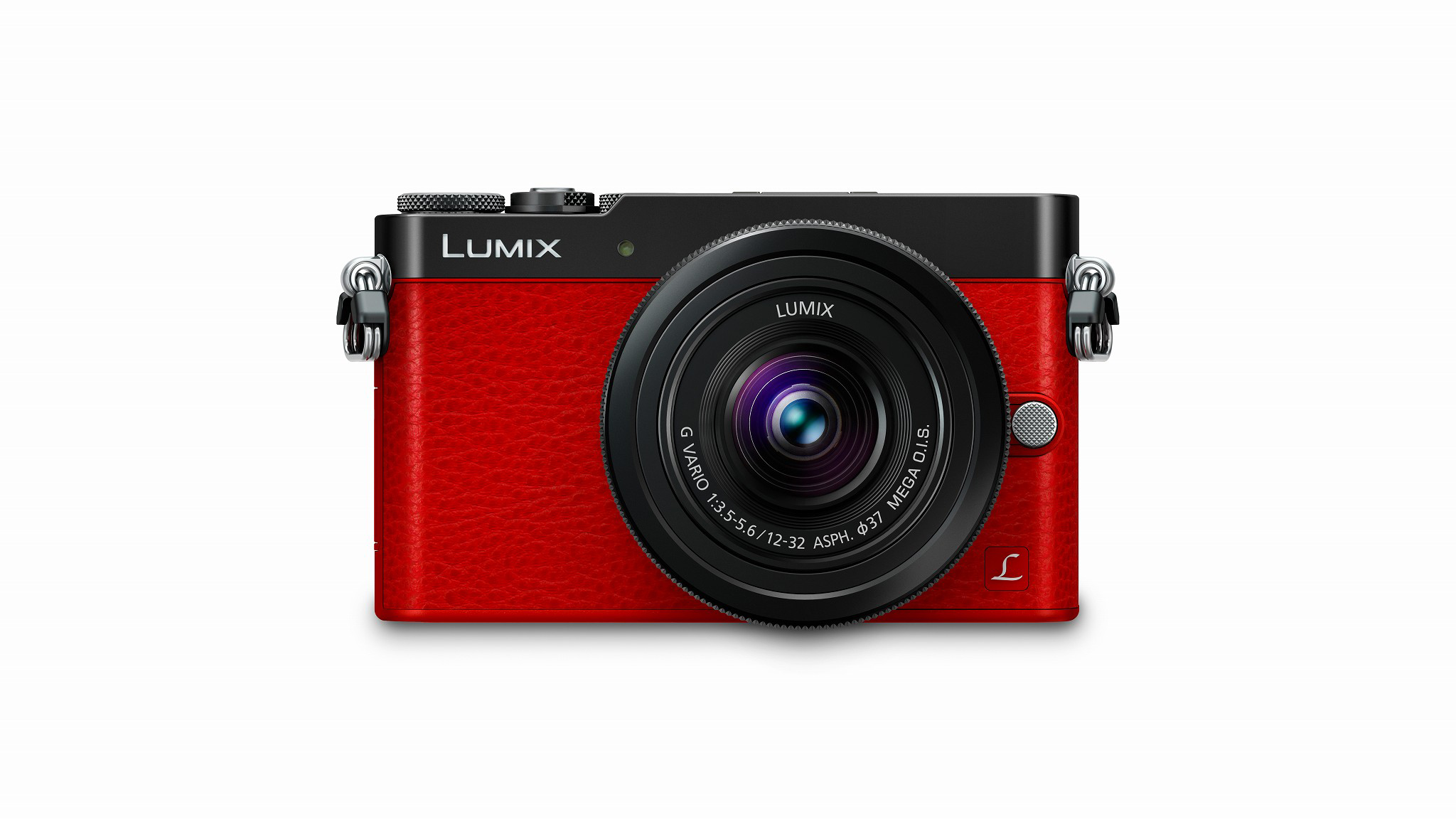
The Panasonic GM5 isn’t a compact camera – but it’s a compact mirrorless camera. I was surprised to find that the GM5 is often more than the $899 / £899 / AU$1,099 original kit price on eBay. The GM5 is a 16-megapixel Micro Four Thirds camera and, despite being a mirrorless camera, it’s still fairly compact.
What I would buy instead: Panasonic’s current model Micro Four Thirds models aren’t the smaller rangefinder body styles of the GM5 – but the full frame S9 is. The Panasonic S9 is a bit pricer than a used GM5, but the step up to a full-frame sensor while keeping a fairly compact body may be worth it for some.
For sticking within a similar price point, I’d look at options like the Olympus E-M10 Mark IV. The Micro Four Thirds format means the mirrorless body is still fairly small, but it has a viewfinder and a lovely retro look, plus a higher resolution.
Olympus PEN-F (Compact mirrorless)
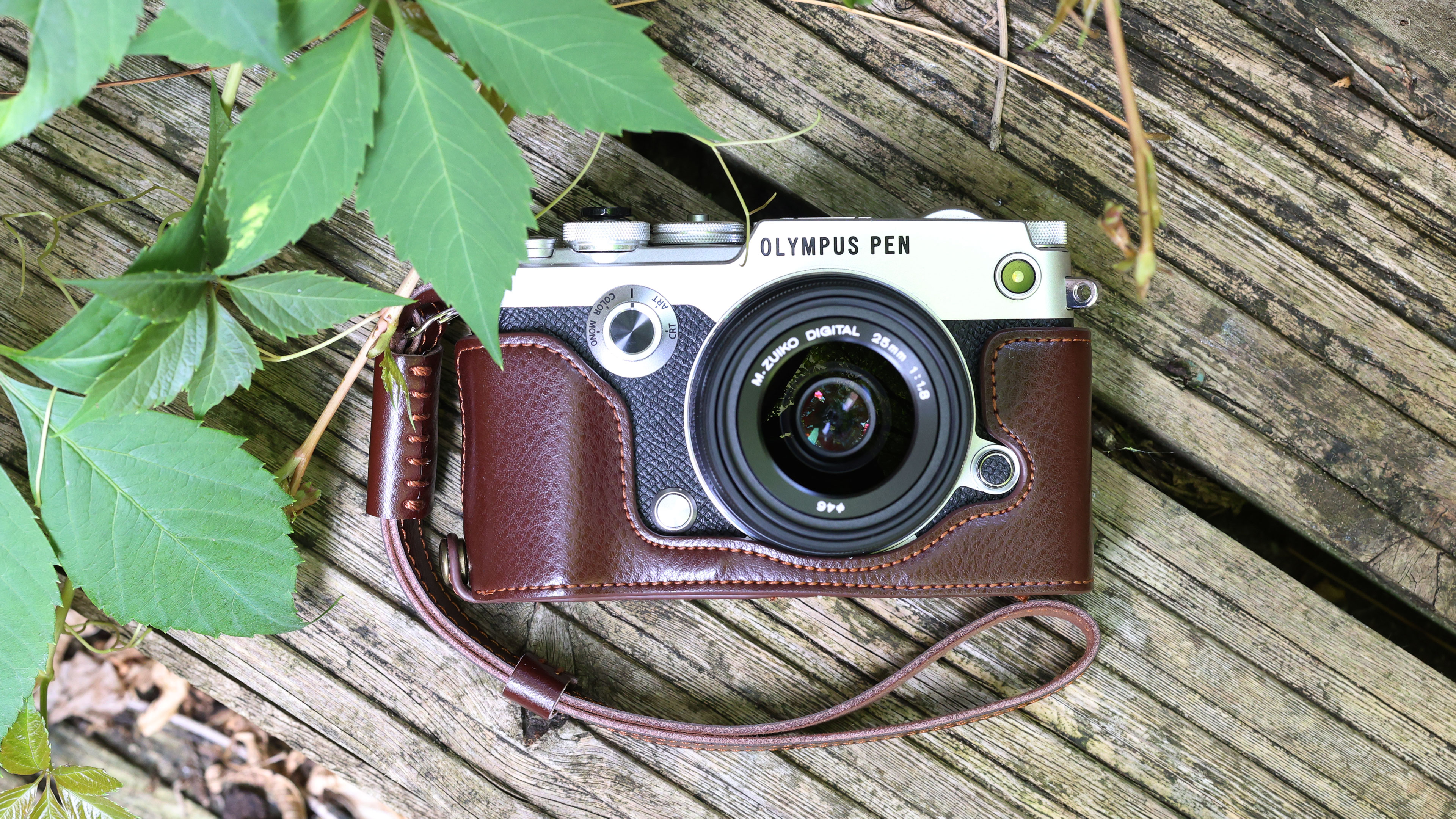
The Olympus PEN-F is a lovely retro-style mirrorless camera that’s still relatively compact. Olympus still makes a version, but it’s only sold in Japan, which has increased the used price of the original Olympus PEN-F, which once sold for $1,200 brand new. The PEN-F is loved for its film-like controls, and while it’s an older model, the brand’s current models still have the same 20-megapixel resolution.
What I would buy instead: While OM System (formerly Olympus) may not sell new PEN series cameras outside of Japan currently, the brand hasn’t quit making lovely retro-inspired cameras. The OM System OM-3 has a creative dial reminiscent of the PEN series, retro dials, and a compact design. Plus, it has weather-sealing, excellent stabilization, and built-in tools like live composite and live ND.
You may also like
Browse the best compact cameras or the best cameras for travel.

With more than a decade of experience writing about cameras and technology, Hillary K. Grigonis leads the US coverage for Digital Camera World. Her work has appeared in Business Insider, Digital Trends, Pocket-lint, Rangefinder, The Phoblographer, and more. Her wedding and portrait photography favors a journalistic style. She’s a former Nikon shooter and a current Fujifilm user, but has tested a wide range of cameras and lenses across multiple brands. Hillary is also a licensed drone pilot.
You must confirm your public display name before commenting
Please logout and then login again, you will then be prompted to enter your display name.
